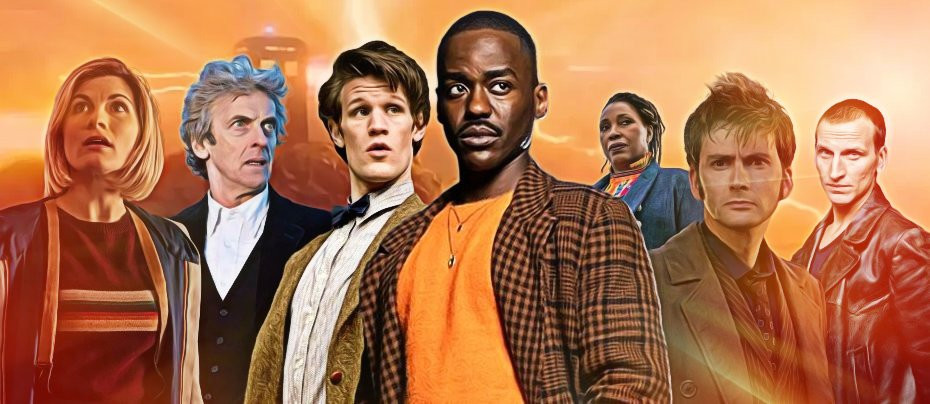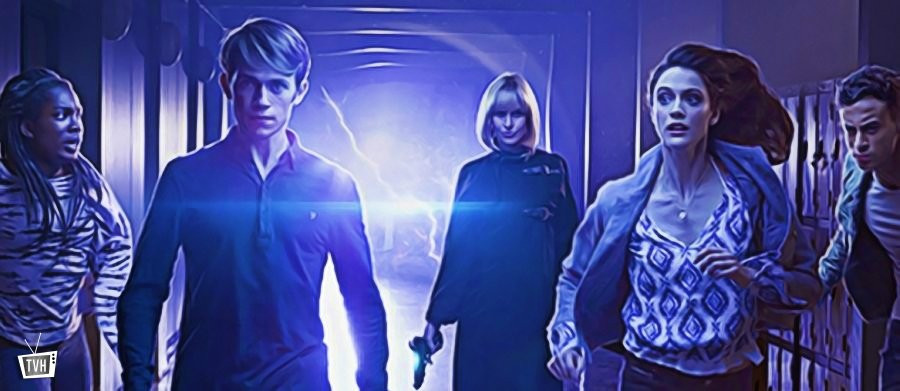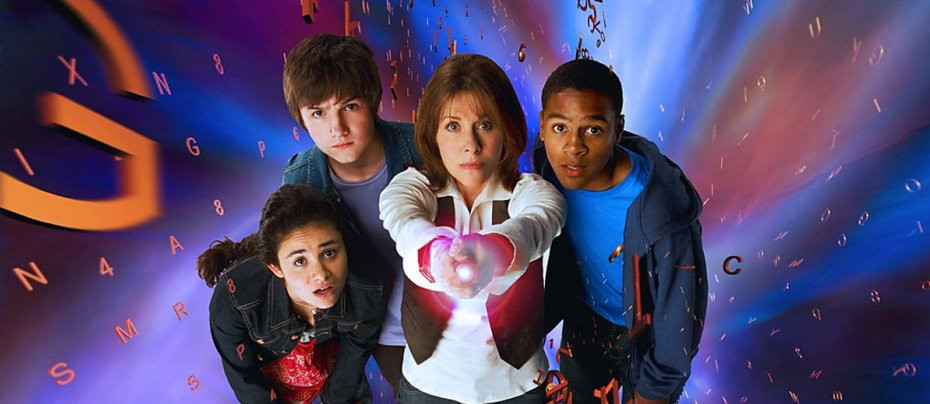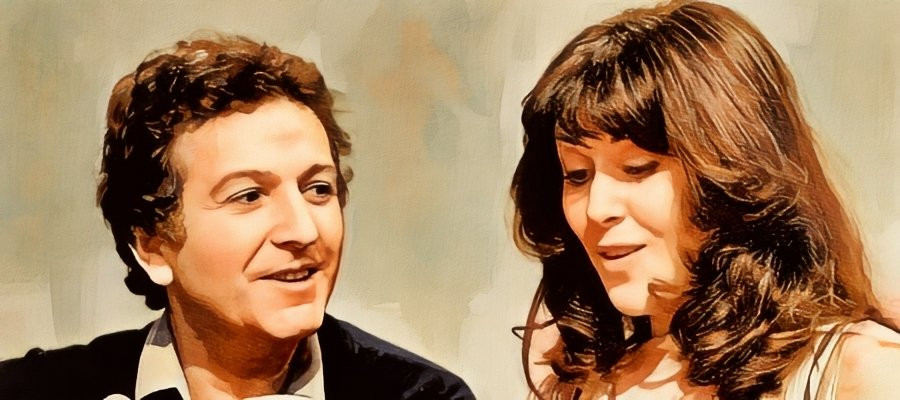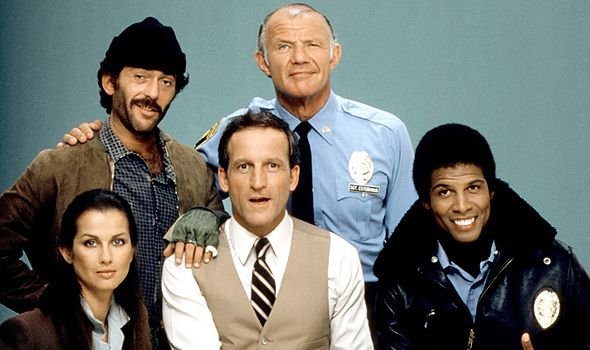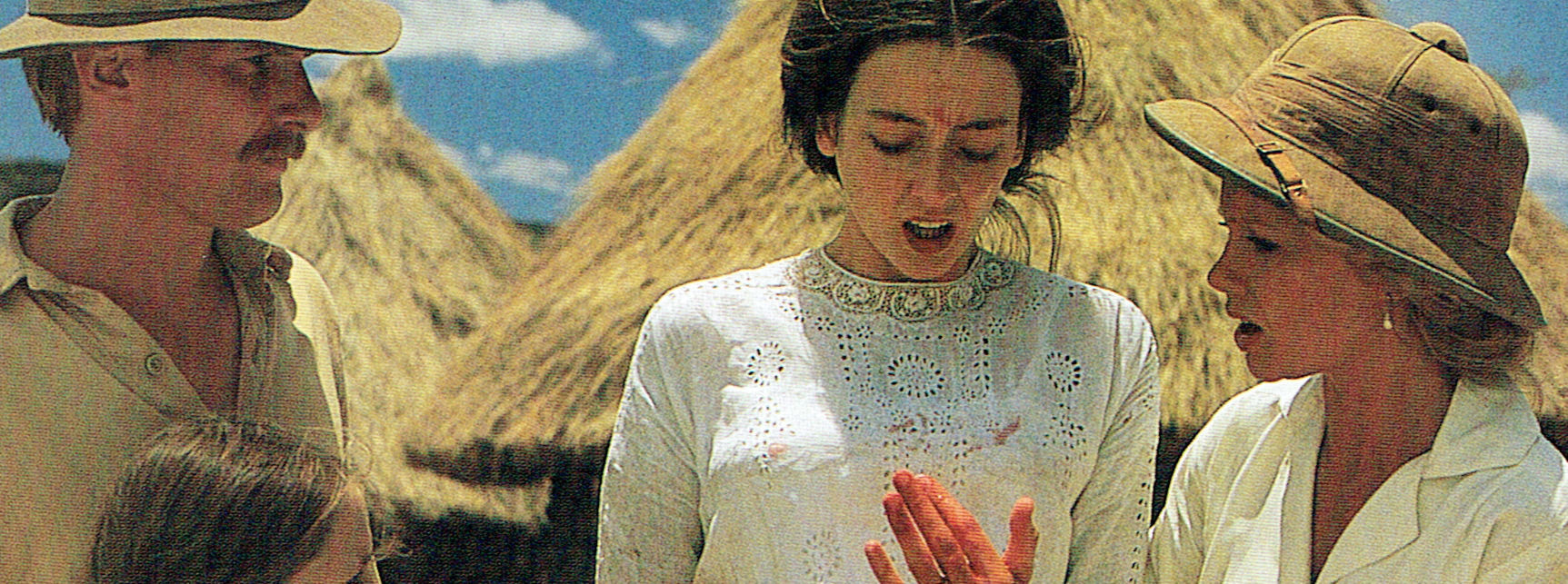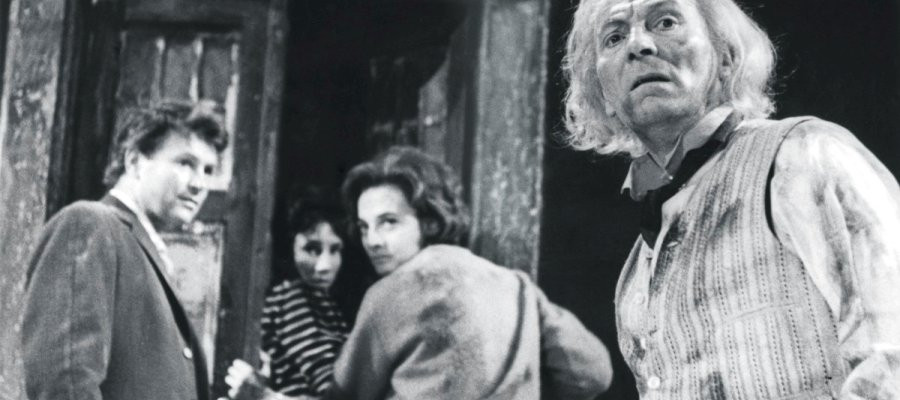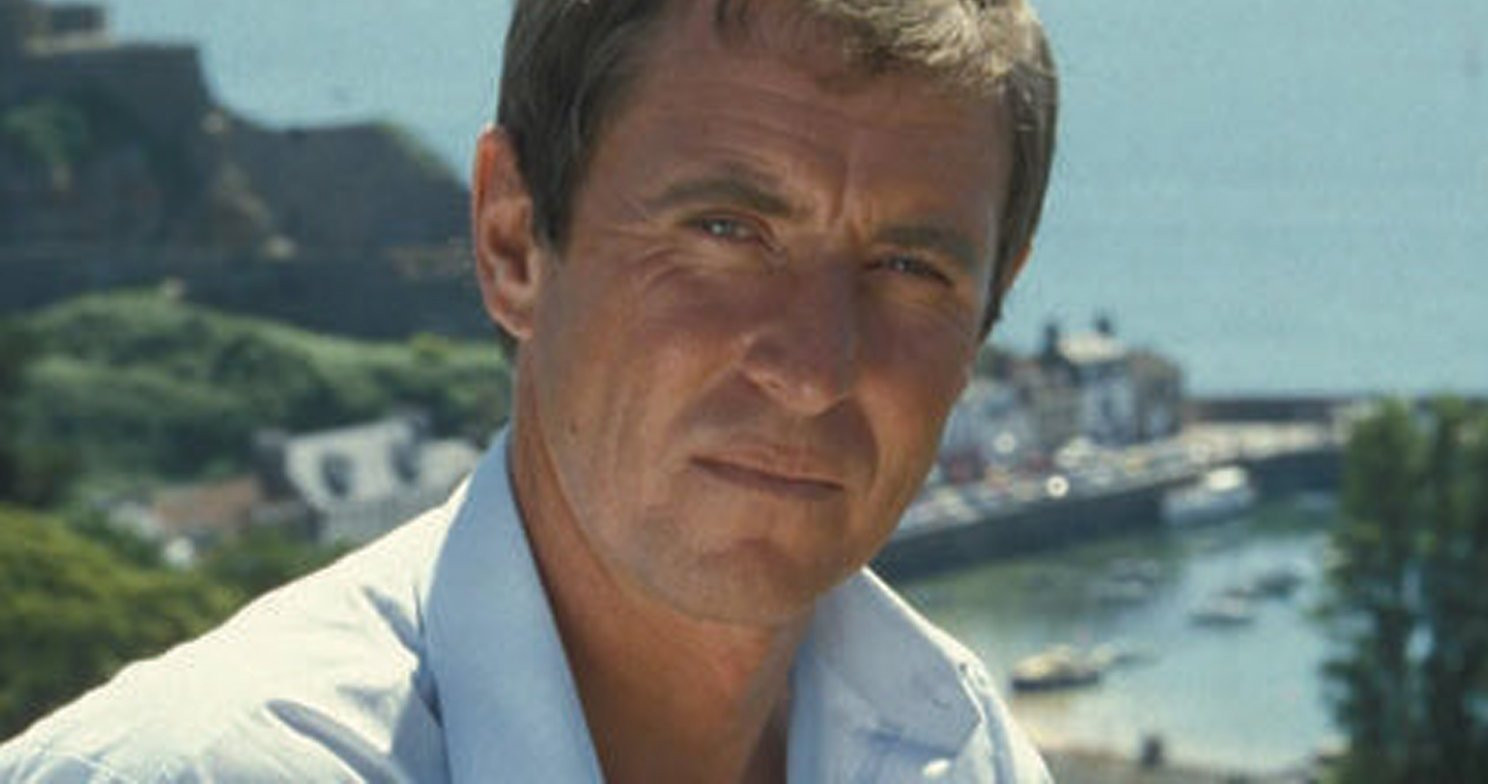
K9 and Company (A Girl's Best Friend)
1981 - United KingdomTo fill the longer-than-usual gap between seasons eighteen and nineteen of Doctor Who, the BBC aired The Five Faces of Doctor Who, a retrospective series of repeats showcasing all previous incarnations of the Doctor – a first for the show, as it marked the first time an older episode was screened without the current lead actor. But while fans were enjoying this nostalgic tour through the programme's past, behind the scenes, then-producer John Nathan-Turner was busy attempting to chart Doctor Who's future.
His proposal to the BBC was bold: a spin-off, the first in the series’ long and varied history. The concept revolved around the Doctor’s loyal robotic dog, K9, who had been written out of the main show in 1980, much to the dismay of younger fans. To give this new venture the best chance of success, Nathan-Turner also brought back one of the most beloved companions from the classic era: Sarah Jane Smith, played once again by the ever-capable Elisabeth Sladen.
A Girl’s Best Friend, the pilot for the would-be spin-off K9 and Company, sees Sarah Jane returning from her journalism work in the USA to visit her Aunt Lavinia in the countryside. Upon arriving, she finds Lavinia mysteriously absent and instead encounters Brendan, her aunt’s ward. Also waiting for her is a mysterious box sent by the Doctor – inside, of course, is the titular K9, ready to spring into action.
The plot, involving a local coven of witches attempting to kidnap Brendan for a sacrificial ceremony, is as much Midsomer Murders as it is Doctor Who, with just a dash of the occult to spice things up. The tone is decidedly odd – a blend of cosy mystery, science fiction and Sunday teatime thriller – but Elisabeth Sladen brings charm and professionalism to the proceedings, effortlessly stepping back into the role of Sarah Jane.
K9, voiced once again by John Leeson, remains a delightful creation, though his inclusion here often feels more like fan service than story necessity. The pairing of Sarah and K9 makes sense in theory – old companions of the Doctor working together in his absence – but the pilot struggles to fully capitalise on their dynamic. Production values are modest (even by Doctor Who standards), and the writing veers from quaint to clunky, though there’s a certain charm to the whole enterprise that makes it hard to dislike.
Despite a healthy viewership of 8.4 million on its original transmission, the BBC ultimately declined to commission a full series. Perhaps wisely. While there’s no denying the goodwill behind the project, K9 and Company feels like a concept ahead of its time – or, more accurately, one that needed more time in development.
K9 would go on to make occasional appearances in the revived Doctor Who series post-2005, eventually landing a full spin-off series of his own in 2010. This time, the production was handled in Australia and featured full CGI effects. Airing on Disney XD, it bore little resemblance to the original charm of the character and is, by most accounts, where the metal mutt should have stayed.
In retrospect, K9 and Company stands as an intriguing footnote in the Doctor Who universe – more a curiosity than a success. It offered a tantalising glimpse of what could have been, but in the end, it’s Sarah Jane, not K9, who would prove to be the most enduring legacy of the experiment, thanks to her far more successful return in The Sarah Jane Adventures decades later.
Verdict ★★☆☆☆: A brave but flawed attempt at expansion, saved largely by Sladen’s performance and a generous helping of nostalgic goodwill.
Seen this show? How do you rate it?
Seen this show? How do you rate it?
Published on December 28th, 2018. Written by Marc Saul for Television Heaven.


